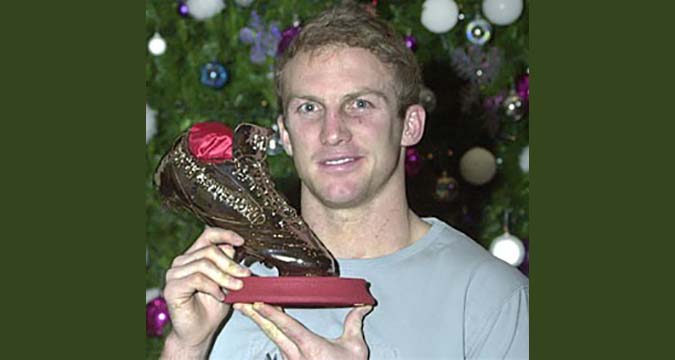 When it comes to overseas recruitment, Super League's Class of 2020 is one of the most impressive in its near 25-year history.
But it got us wondering, who else almost made the move, but didn't?
We put the feelers out and after extensive research and hours on the phone, the results left our minds well and truly blown.
So here are the names
When it comes to overseas recruitment, Super League's Class of 2020 is one of the most impressive in its near 25-year history.
But it got us wondering, who else almost made the move, but didn't?
We put the feelers out and after extensive research and hours on the phone, the results left our minds well and truly blown.
So here are the names The world class players who almost came to Super League
 When it comes to overseas recruitment, Super League's Class of 2020 is one of the most impressive in its near 25-year history.
But it got us wondering, who else almost made the move, but didn't?
We put the feelers out and after extensive research and hours on the phone, the results left our minds well and truly blown.
So here are the names
When it comes to overseas recruitment, Super League's Class of 2020 is one of the most impressive in its near 25-year history.
But it got us wondering, who else almost made the move, but didn't?
We put the feelers out and after extensive research and hours on the phone, the results left our minds well and truly blown.
So here are the names 